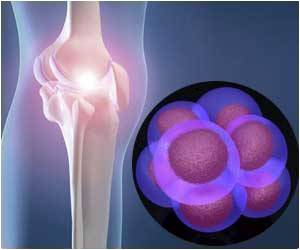According to a study, the value of medical treatment can be far greater than the cost of the treatment.

On the positive side, for every single point increase of Physical Function Index Value there was a 2% increase in chances of being employed, a 2% decrease in receiving disability benefits, and a $180 increase in annual income.
Using data from clinical trials, researchers from IHS Global Inc and KNG Health Consulting also found that after replacement knee surgery to treat arthritis the probability of being employed increased by 20% while receiving benefits decreased. On average, annual income increased by $4,300 and the number of sick days fell by six.
Tim Dall who led this study explains, "We're breaking new ground in being able to quantify the indirect value of common bone and joint procedures. It is important that policymakers and tax payers, as well as affected individuals, are aware of how the costs of surgery balances against loss of employment and the need for long-term assistance in everyday living. This information on the indirect economic impact of treatment and the patient's quality of life combined with direct medical costs is needed to fully understand the net value of treatment."
Source-Eurekalert
 MEDINDIA
MEDINDIA




 Email
Email






